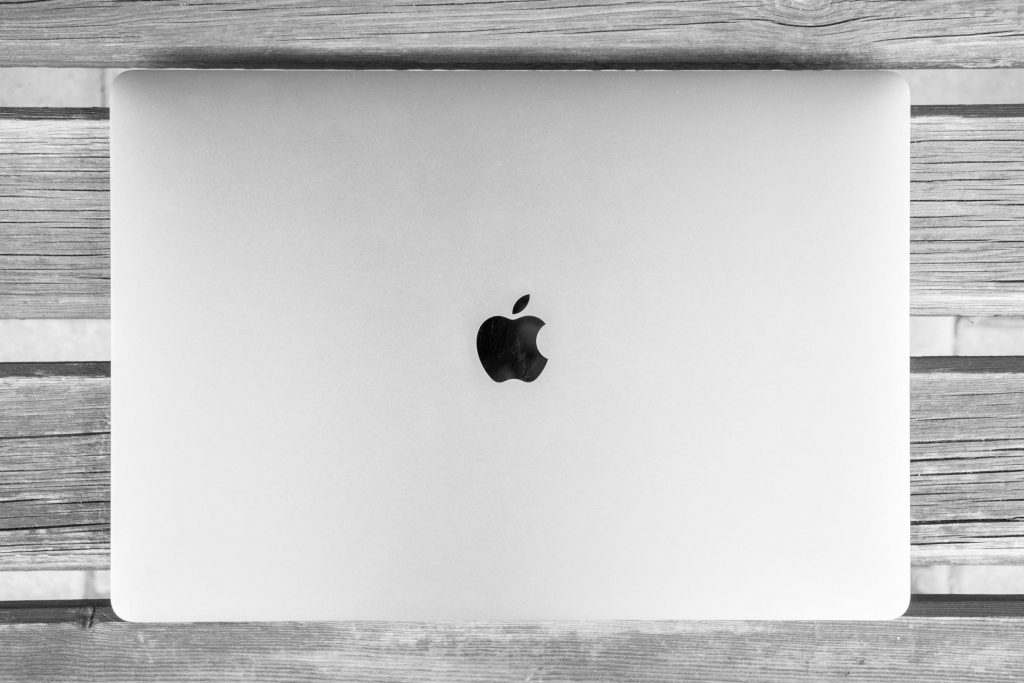Macbooks are well-known because of their stability and longevity. People choose Macs as their go-to computers for work and do not go back for another type. Nevertheless, there will come a time when even the best Macbook will slow down.
That may lead to thoughts about looking for a replacement. While spending money on a new computer is an option, you can save money and improve your old Mac’s performance. For comparison, a new Macbook will cost from around a thousand dollars for the cheapest option. And the price only goes up.
So how can you boost the performance of the current computer? Continue reading and follow this step-by-step guide.
Step #1 – Clean Dust and Dirt
Getting rid of all the filth that has accumulated inside the computer is a good way to start. The dust and dirt put a strain on internal hardware, such as fans. When the fans are overworked, users hear loud noises and notice that the Macbook is overheating.
There is no need to wait around until you start to experience such issues. Regularly clean the dust and dirt inside. And if you want to lower the temperature even more, consider purchasing a cooling pad, which can also function as a resting place for an idle laptop.
Step #2 – Free up Disk Space
Image source: Pexels.com
Similar to dust and dirt, junk files accumulate over time as well. Caches, old backups, app extensions as well as plugins take disk space and slow down the overall performance. You should use a cleanup utility tool since removing junk files manually is a lot of hassle.
Deleting old applications, email attachments, and downloads will also free up disk space. Finally, you can transfer some files to Dropbox or iCloud or even external storage devices, such as USB memory sticks.
Step #3 – Turn off Visual Effects
Visual effects consume resources and offer nothing of value in return. Disabling them is the correct option if you are looking to boost any computer’s performance.
For starters, go to the Dock and uncheck the boxes from both “Animate opening applications” and “Automatically hide and show the Dock.” The effects of Launchpad, as well as those of Mail application, can also be removed.
Step #4 – Scan for Viruses and Malware
Image source: Pexels.com
There are various kinds of cybersecurity threats. However, not everyone is willing to install an anti-virus tool despite the fact that there are a lot to choose from, even when some of the best anti-viruses are free.
If you have noticed a sudden drop in performance, it is possible that malware or a virus is at fault. Thoroughly scan the computer and remove any threats that the anti-virus finds. Keeping anti-virus running in the background at all times will prevent any future problems as threats are detected and removed immediately. That is, if the software you are using is reliable.
Step #5 – Optimize Web Browser
Sometimes, the biggest problem users have to deal with is a sluggish internet browser. And while there are times when the ISP provider is at fault, it is usually lack of proper optimization that is slowing everything down.
Look for extensions and add-ons that can be removed. Any extras only consume resources and make it harder on your browser. Limiting the number of open tabs will also boost the speed of a browser. Finally, as there are a few available alternatives, you can look to try and use another browser and see whether that will improve the situation.
Step #6 – Stop Memory Leaks
Programs that are active for a while tend to distribute memory incorrectly. It is not optimal for the usage of resources. It is known as a memory leak. These leaks can be prevented by regularly restarting the computer.
On average, a few restarts every day should be more than enough, though if you are using the Macbook for longer than usual, restarting more frequently is recommended.
Also, if you are not that keen on restarting due to loading time from all the applications in the startup menu, trim down that list.
Step #7 – Pay Attention to Activity Monitor
Image source: MacPaw.com
Applications that consume the most memory can be viewed in the Activity Monitor. Sort the processes by memory and CPU usage.
The ones at the top of the list are your biggest concern. While there are apps that cannot be removed because they are integral to the system, you can still cut on resource usage.
There ought to be applications that are running in the background for no reason. You could also look for alternatives that are not as resource-hungry as some of the applications you are currently using.
Step #8 – Update the OS
New system updates bring improvements to stability and performance. Whenever there is a new macOS version out, install it at your earliest convenience. Even a small update can make a world of difference in the long run.
